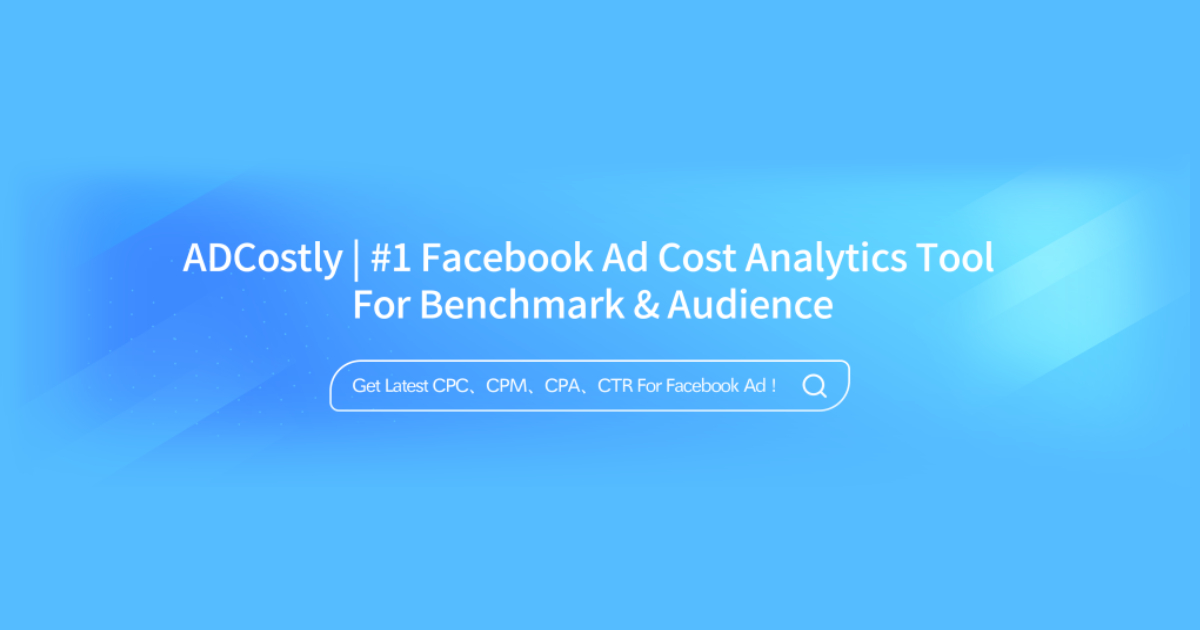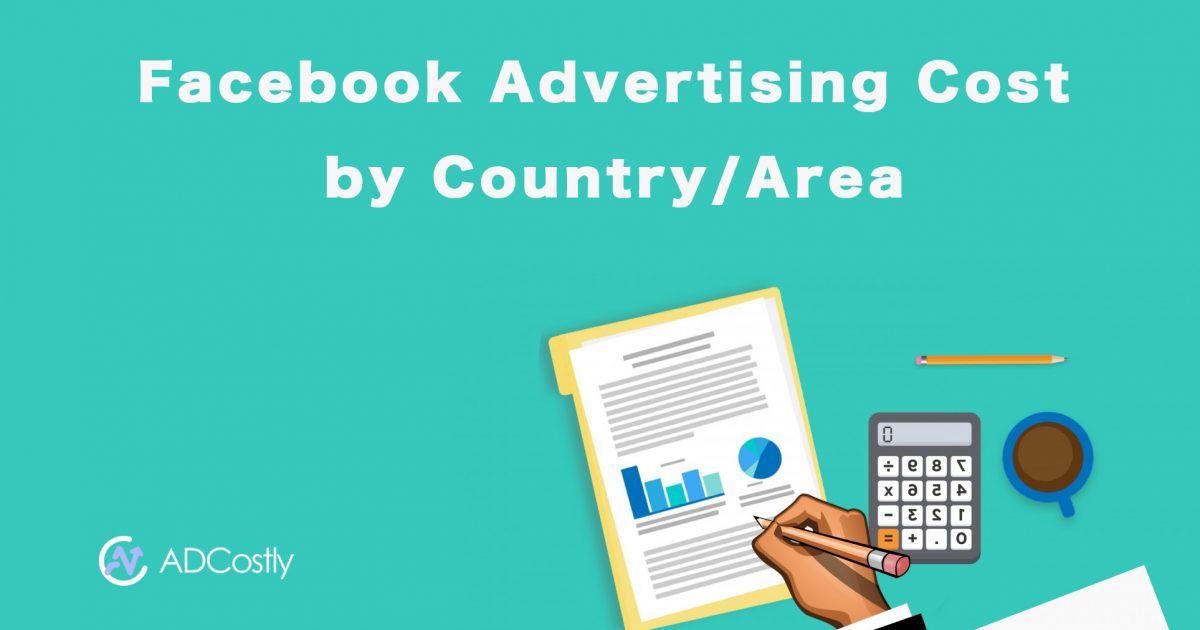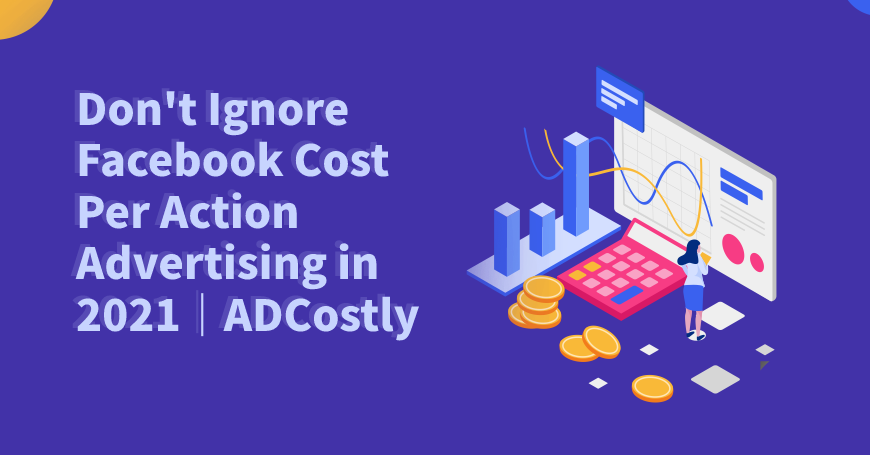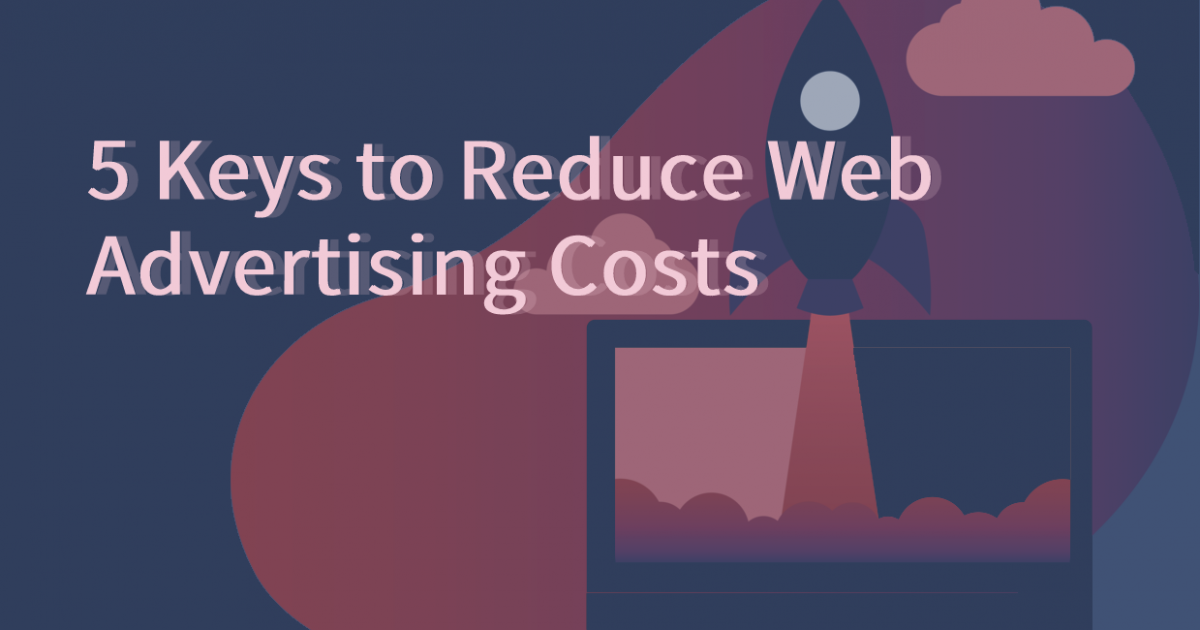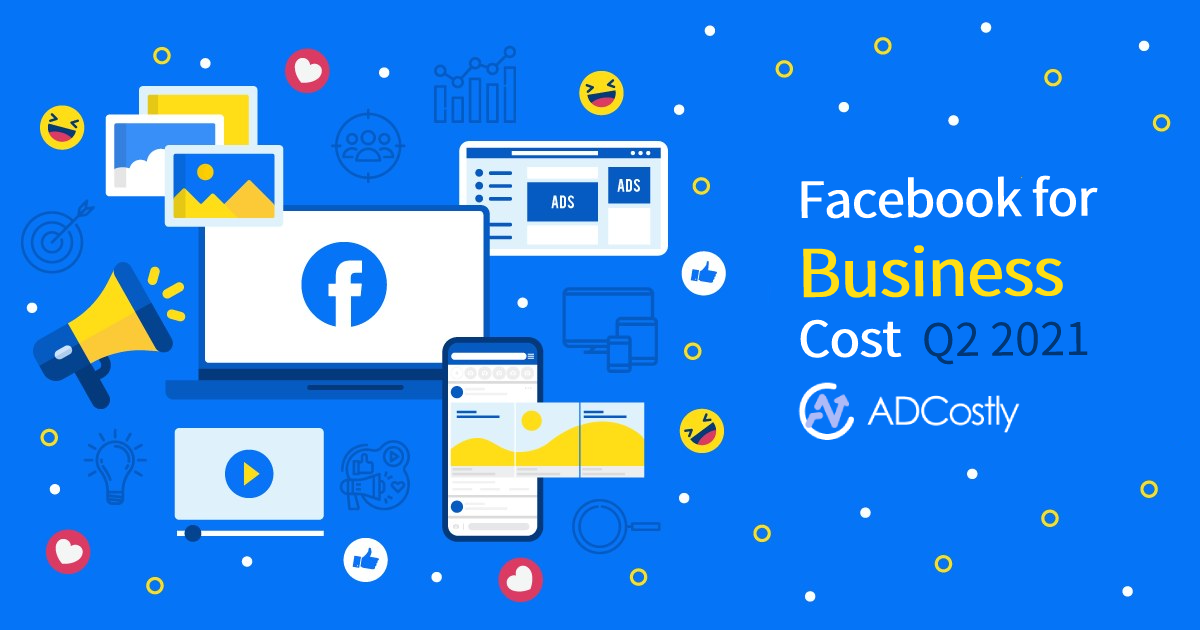2021 YouTube CPM Advertising Optimization Guide|ADCostly
YouTube Advertising Revenue in 2021
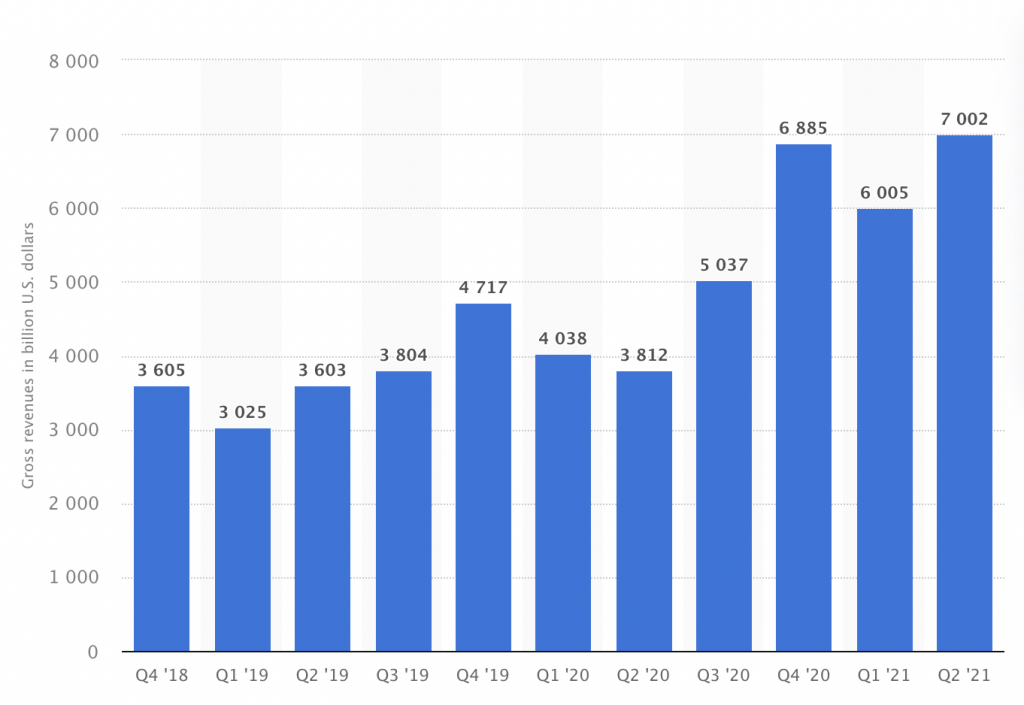
According to Statista shows, YouTube's revenue has rebounded in Q2 2021. It can be seen that the overall revenue of YouTube will decline in 2020 due to the impact of the epidemic, and it will not rebound until Q2 in 2021. Statistics show that YouTube’s global advertising revenue reached the US $7 billion in the second quarter of 2021, a year-on-year increase of 16.60%. YouTube is one of the world’s largest online video platforms, and the most popular YouTube channel has accumulated more than 100 million subscribers.
YouTube's CPM Ads Data in 2021
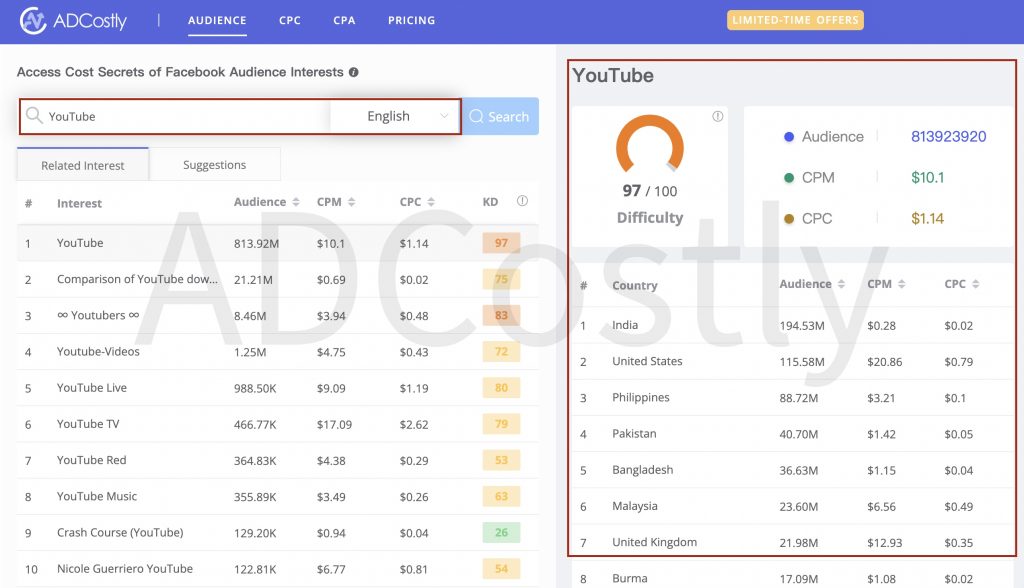
From ADCostly's point of view, the audience of YouTube keywords has reached 813M this year, the average CPM advertising price is $10.1, and the average CPC advertising price is $1.14. Among them, India, the United States, and the Philippines have the largest number of audiences. CPM and CPC advertising prices in the United States are particularly expensive, reaching a CPM of $20.86 and a CPC of $0.79.
In addition, the KD of the keyword YouTube has reached 97, which is very competitive. And the difficulty of other related long-tail words is also medium to high.
The Importance of CPM Advertising
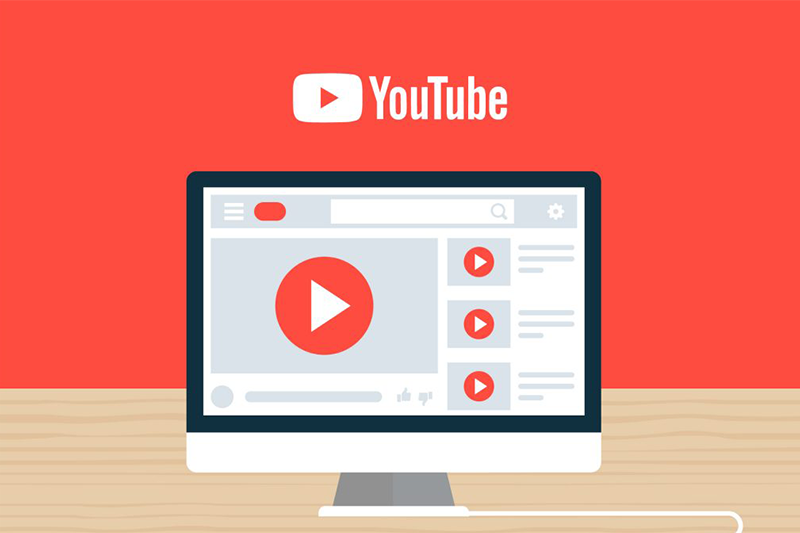
What is CPM?
CPM is billed according to the display, the cost of each advertisement displayed to one thousand people, so it is also called the cost of thousand people display.
Currently, CPM is the most mainstream billing method for many platforms. Most advertisements based on this kind of payment are based on brand display and product launches. Because the goal of brand advertising is long-term returns, it is difficult to get actual value feedback through short-term data.
CPM Advertising Features
Advantages——Only pay for the number of visible ad impressions, just look at the number of impressions, charge according to the number of impressions, regardless of clicks, downloads, registration, etc., advertising coverage, large exposure, and low cost. This kind of billing is suitable for product promotion advertisements, and can also bring stable income to websites and blogs with a certain amount of traffic.
Disadvantages——The accuracy of advertising is relatively low, and the requirements for advertising creativity are higher. At the same time, it is necessary to bear certain risks, because it is not easy to monitor the traffic, and whether a simple advertisement display can bring corresponding benefits is up to the advertiser to estimate and control the risks. In addition, the placement of advertisements is different, the attention rate is also different, but the same price has to be paid, which is easy to cause waste.
YouTube’s CPM Ads Types
As a video website, YouTube is mostly in the form of video ads. It mainly includes three categories: TrueView ads, non-skippable interstitial ads, and bumper ads. Among them, non-skippable interstitial advertisements and bumper advertisements are CPM billing methods.
1.Non-skippable in-stream ads
Non-skippable interstitial ads are only applicable to ads whose campaign type is "Brand Awareness and Reach", and their duration is less than 15 seconds. Non-skippable ads will be played before, during, or after the video content. The advantage of this type of advertising is that you can ensure that viewers can see your entire material, which translates into a higher number of ad views.
But the cost of this type of advertising is higher because you need to pay for each view. Although this is a popular type of YouTube advertising, the true engagement may be unsatisfactory. Since users are forced to watch your ads, their conversion rate may not be as high as users who choose to watch skippable ads after 5 seconds of viewing.
2.Bumper ads
This type of advertisement is actually a short video. The video duration must be less than 6 seconds. It is also a non-skippable video. Its advantage is that it is cheap and high-frequency. It is also priced in CPM, but the disadvantage is also obvious. It is you. The information to be expressed must be condensed within 6 seconds.
How to optimize YouTube's CPM advertising in 2021?
Since YouTube's advertising revenue is gradually increasing, it means that advertisers have to spend more money to put their ads. This also reminds advertisers that improving the conversion rate of ads is the top priority in the current situation.
Clarify the ultimate goal of promotion
1.Brand Exposure
The essence of CPM advertising is to increase brand exposure because it cannot ensure clicks and conversions. Relying on repeated and large-scale releases to form memory points for users is a long process. But advertisers still favor this way of advertising.
2.Increase sales/turnover
In order to achieve the goal of user conversion, the most suitable advertisements should be CPC and CPA advertisements. However, CPC is expensive and cannot guarantee that users can truly convert value; but CPA can. You can set a user-implemented action as the standard for starting billing for advertisements. Since the profits generated by this kind of advertising are mostly biased towards advertisers, the media generally do not recommend the use of this kind of advertising.
Choose the most suitable YouTube ad type
- In-Stream ads
- Call-to-action overlay
- Bumper ads
- Display ads
- Youtube search ads
As mentioned above, most CPM ads are in-stream ads and Bumper ads. Optimizing the content of these two types of ads is the most helpful.
Advertising optimization strategy
1.The scope of the audience is accurately delineated
This is a common issue in the advertising industry. Because the original intention of advertising is to promote to the target audience, if the positioning before the advertisement is not accurate, the advertising cost will be greatly wasted, especially for CPM advertising. Therefore, we need to clearly select the target audience before we put the advertisement out.
How to set up an audience on YouTube?
- Sign in to your Google Ads account.
- Select Campaigns.
- Click the plus icon, then select New campaign.
- Choose your campaign goal: Sales, Leads, Website traffic, Product and brand consideration, or Brand awareness and reach.
- The goal you select determines the campaign subtypes available.
- If you don’t have a campaign goal in mind, choose to Create a campaign without a goal’s guidance.
- Under the “Select a campaign type” section, select Video.
- Under the “Select a campaign subtype” section, select a campaign subtype. See how each subtype can help you reach your specific advertising goals:
- Drive conversions: Drive sales and leads with action-focused ads and targeting.
- Custom video campaign: Customize your settings with different ad types.
- Video reach campaign: Get the most reach for your budget. Within this campaign subtype, you can choose to reach more unique users using bumper ads, skippable in-stream ads, or an optional mix of both formats (Efficient reach), or choose to reach users with your entire message using non-skippable in-stream ads (Non-skippable in-stream).
- Influence consideration: Get people to consider your product with your ads.
- Outstream: Tailor your ads to phones and tablets.
- Ad sequence: Tell a story with a series of ads in a sequence.
- Shopping: Promote your products and get people to shop on your website.
- Click Continue.
2.Change ads materials in time
If the advertiser has placed the same creative to the same audience for a period of time, the audience’s aesthetic fatigue will increase accordingly, and the audience’s feedback will also decrease. Advertisers need to change the creative to refresh the audience’s aesthetic fatigue on the advertisement to reduce the audience’s cost per viewing again.
3.Use high-quality videos and covers
If you want to do an advertisement well, you must learn more successful advertising cases. The materials, editing techniques, and language they used can all be used for reference.
4.Multiple tests with different ads
Audiences can see and interact with your ads on multiple devices. Audiences will give different feedback on different devices and videos that contain different information. Advertisers are recommended to upload multiple videos, which can be used Different aspect ratios are used to test how users perform on different materials on different devices.
After a period of delivery, advertisers can adjust and optimize the ad group based on the test results.
